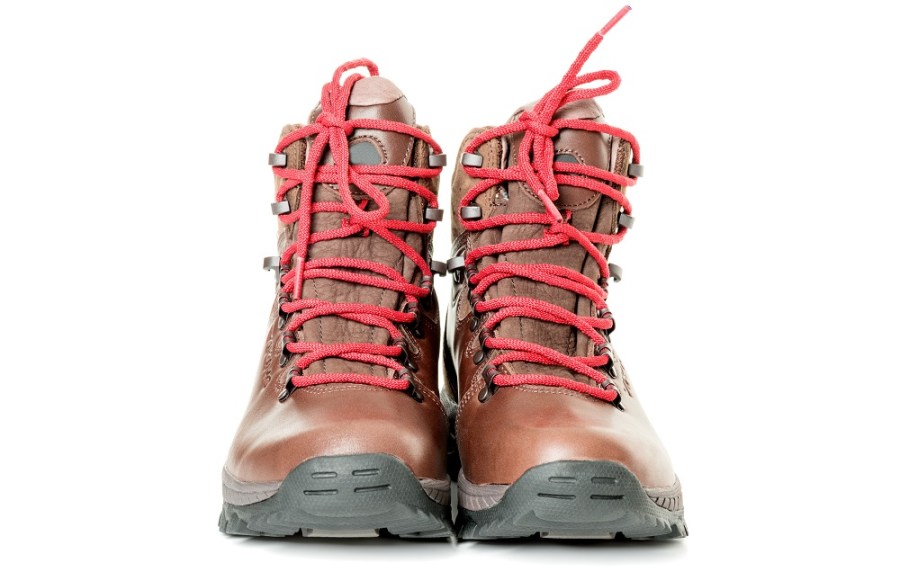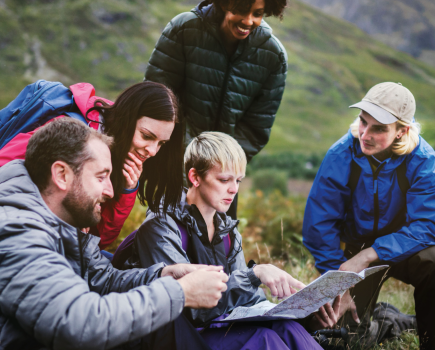Gear editor Chris Townsend offers some invaluable advice on choosing the hiking boots and shoes for you
Nothing ruins a walk faster than blisters and sore feet. Having footwear that fits properly is the first defence against these painful problems. To achieve this takes time and is best done in store by a trained fitter with the right tools. The sequence is as follows.
- Have your feet measured. This can be done on a Brannock Device, which measures both length and width. The measurements should be taken with your feet both weighted (standing up) and unweighted (sitting down) to see if there’s a significant difference between the two. If there is, you won’t be able to find footwear that fits well but it can be mitigated with stabilising footbeds. Few boots or shoes have these so they will probably need to be purchased separately. Your feet should be measured both full length and from your heel to where your foot flexes, as you need footwear that flexes in the same place.
- Try on some footwear in the right size, with stabilising footbeds if necessary. There should be enough room to wriggle your toes but not so much that your feet can move around easily inside the footwear. To give support footwear needs to be in contact with your feet without pressing on them.
- Once you have footwear that feels roughly right you should try it on an incline board. This is an angled ramp which you can stand facing downhill and jump up and down a few times to see if your feet are being held in place in your footwear. If your feet slip forwards it can be painful on your toes and cause rubbing elsewhere. The reason could be that footwear is too long or the volume too high. Either way the best answer is to try on another pair. Volume can be reduced with thick flat insoles called volume adjusters and with tongue depressors that push the tongue down on your foot but it’s much better to find lower volume footwear.
- If the footwear is okay on the incline board walk around the store for a while to see how it feels. If all’s well you should have footwear that fits. As a final check, wear it indoors at home for a while before venturing onto the hills – shops should exchange footwear that hasn’t been worn outside.
- Some people may find it impossible to find off-the-shelf footwear that fits properly. There are two solutions. The first is made-to-measure footwear. Altberg of Richmond offers this service. The second is to have footwear modified, which ca be done in store by trained fitters using devices like a rubbing bar on which footwear can be placed and areas pushed out to give more room. Just a slight alteration can usually make a big difference to the fit. A hammer can be used to tap any flat protrusions inside the footwear while it is on the rubbing bar. Rigid plastic toe caps and heel counters need to be softened in hot water before they can be modified on the rubbing bar.
Photo by Shutterstock








